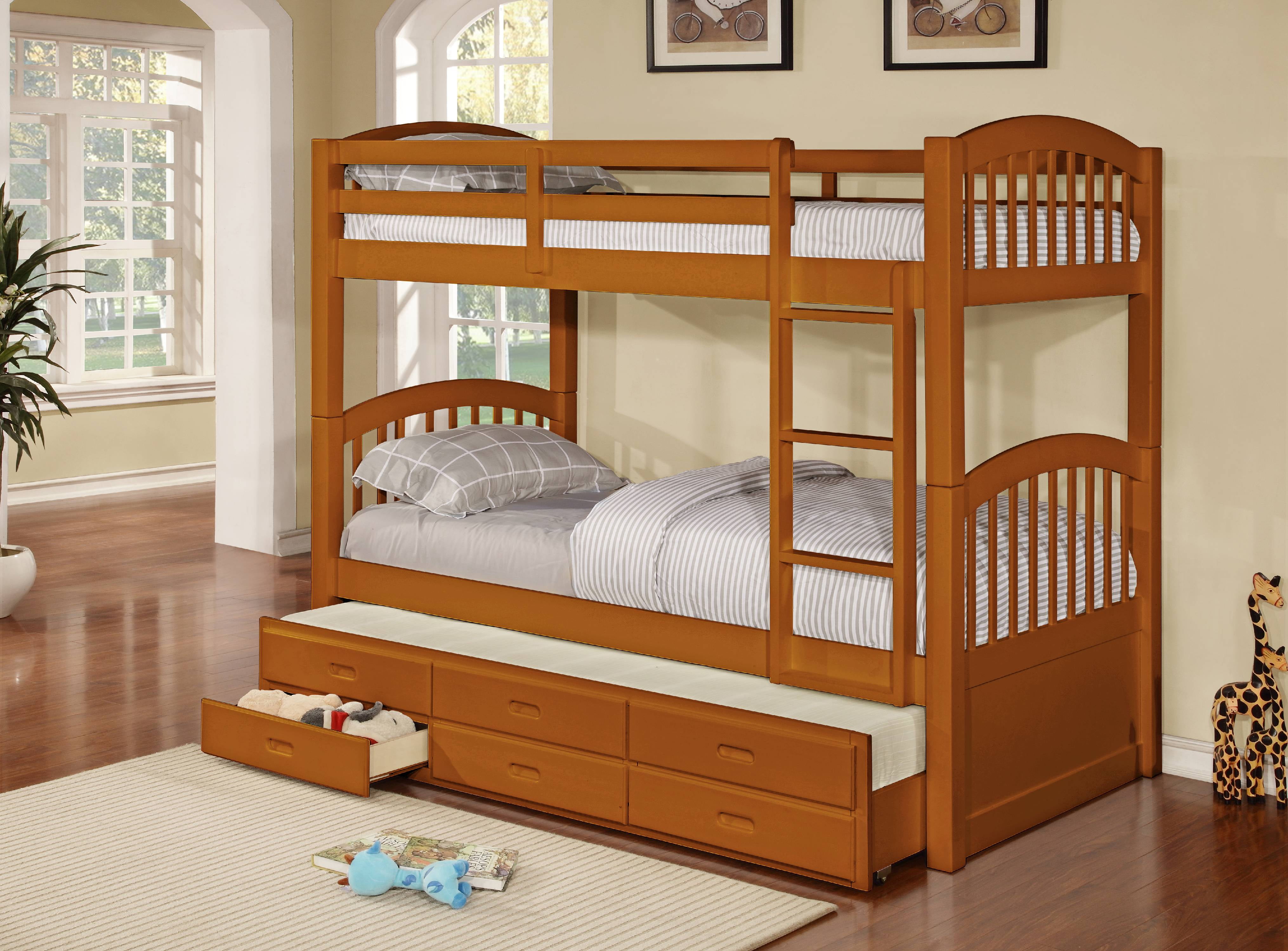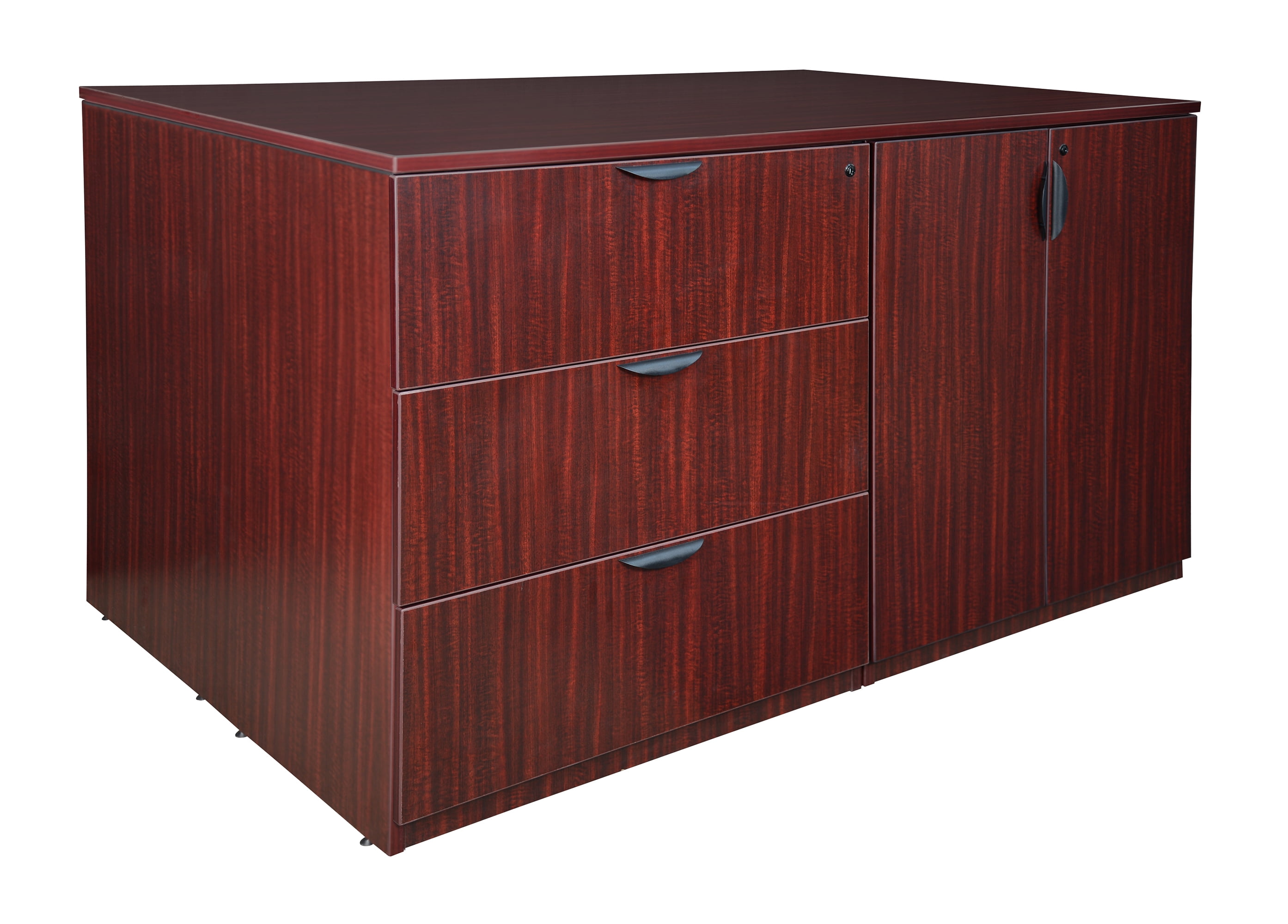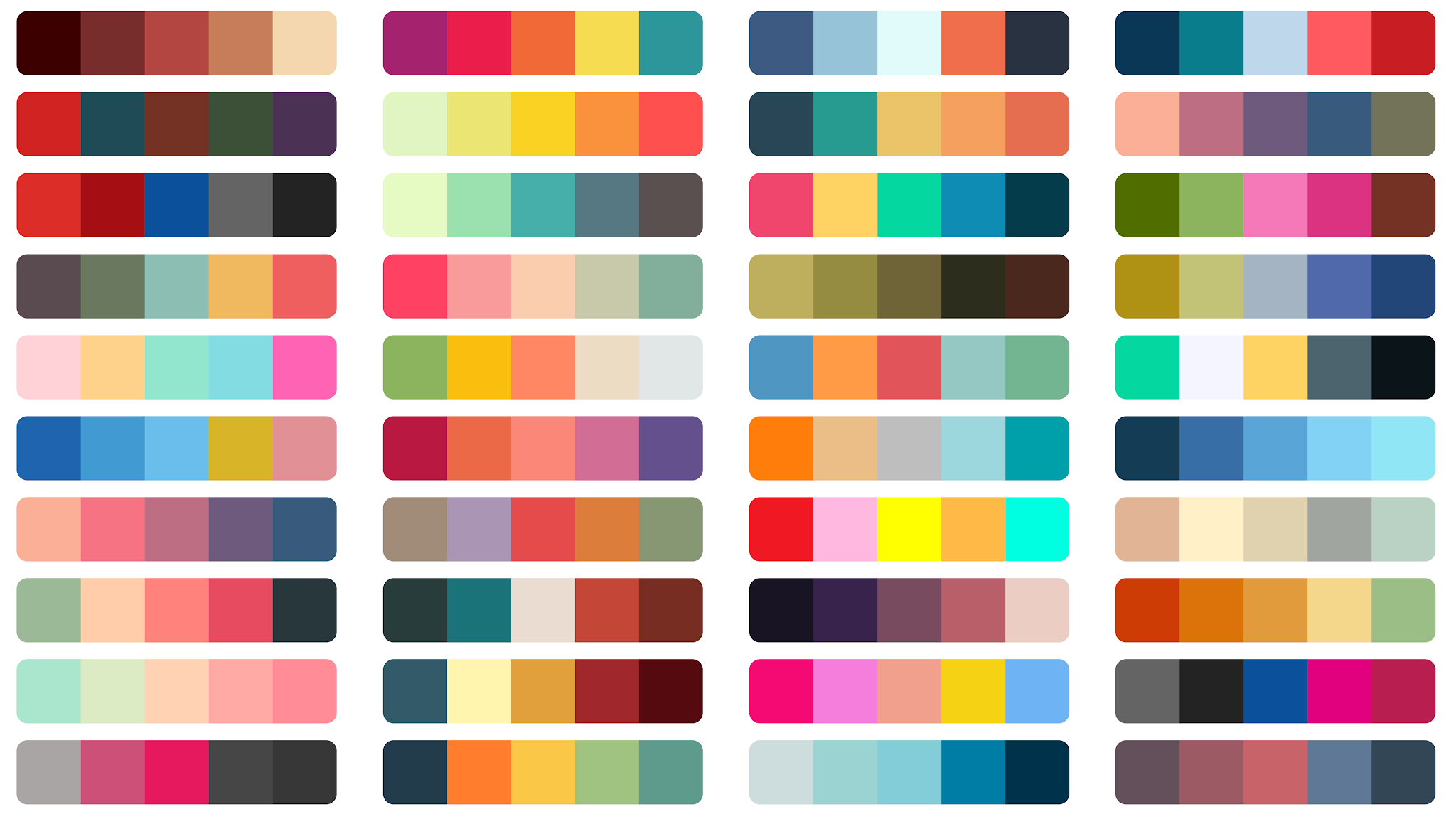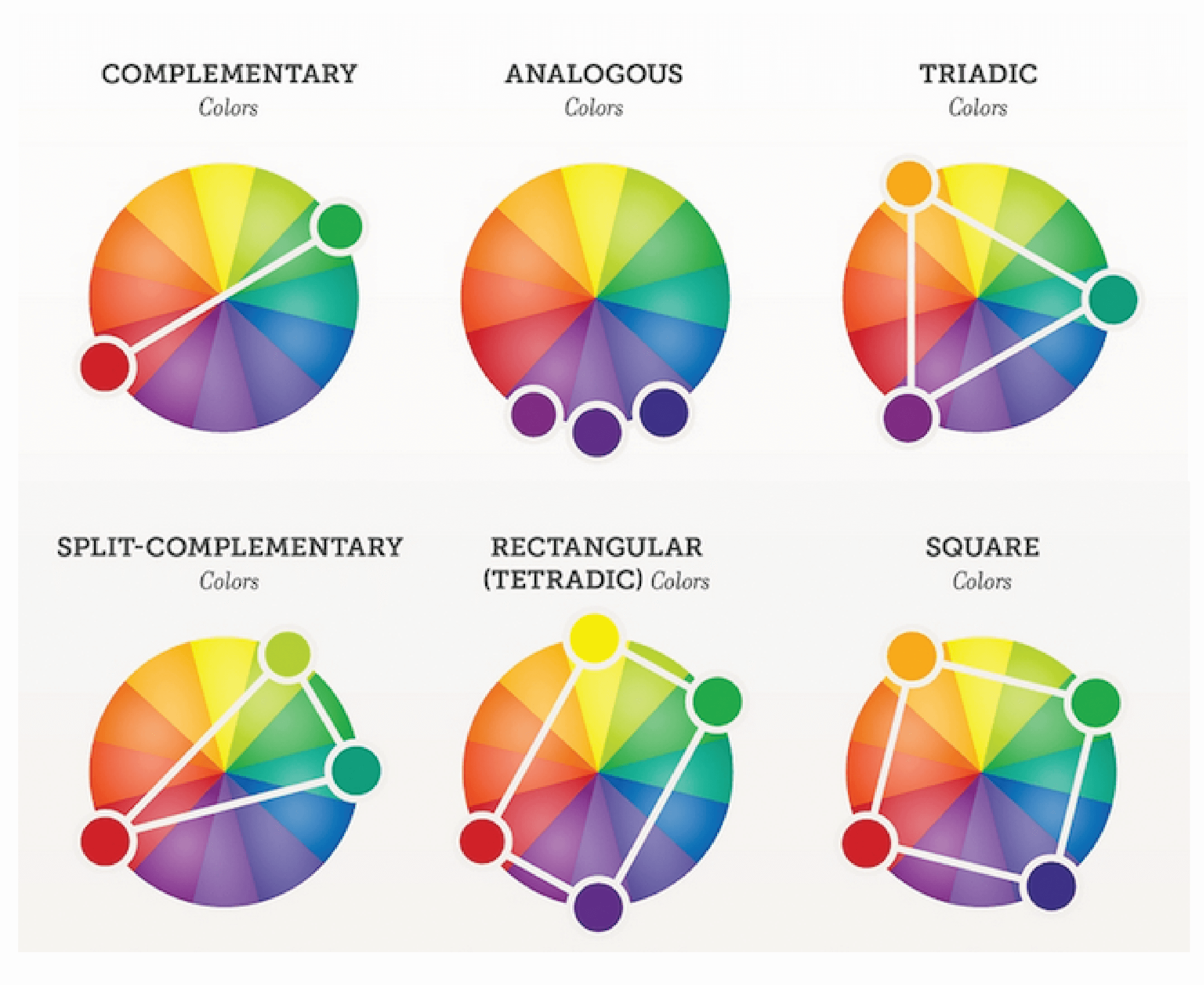The layout is an important element in kitchen design as it sets the foundation for the overall look and functionality of the space. It involves the arrangement of key components such as the sink, stove, and refrigerator in a way that maximizes efficiency and flow. The layout should also take into consideration the size and shape of the kitchen, as well as the needs and preferences of the homeowner.1. Layout
A well-designed kitchen should not only look good but also be functional. This means that the space should be designed in a way that makes it easy to use and navigate. Key factors that contribute to functionality include the placement of appliances, work surfaces, and storage areas. A kitchen with good functionality will make cooking and meal preparation a breeze.2. Functionality
Storage is essential in any kitchen as it helps to keep the space organized and clutter-free. When designing a kitchen, it is important to consider the types of storage needed, such as cabinets, drawers, and shelving. It is also important to think about the placement and accessibility of storage areas, as well as the amount of storage needed for the size of the kitchen.3. Storage
Lighting is a crucial element in kitchen design as it not only illuminates the space but also sets the mood and ambiance. There are three types of lighting that should be considered in a kitchen: ambient, task, and accent lighting. Ambient lighting provides overall illumination, task lighting is focused on specific work areas, and accent lighting adds visual interest and can highlight certain features.4. Lighting
The materials used in a kitchen can significantly impact its overall look and feel. From cabinets and countertops to flooring and backsplashes, the materials chosen should not only be aesthetically pleasing but also durable and easy to maintain. Popular options for kitchen materials include wood, stone, and tile.5. Materials
The color scheme of a kitchen is another important element as it can greatly affect the mood and atmosphere of the space. When choosing a color scheme, it is important to consider the overall style and feel of the kitchen, as well as the homeowner's personal preferences. Bold and bright colors can add energy and vibrancy, while neutral tones create a more calming and timeless look.6. Color scheme
No kitchen is complete without appliances, and choosing the right ones is essential for both functionality and style. When selecting appliances, it is important to consider their size, features, and placement in relation to the overall kitchen design. Stainless steel appliances are a popular choice as they add a modern and sleek touch to any kitchen.7. Appliances
Work surfaces are a key element of any kitchen as they provide a space for preparing meals, setting out ingredients, and even eating. The material and design of work surfaces should be carefully considered to ensure they are durable, easy to clean, and complement the overall aesthetic of the kitchen.8. Work surfaces
Proper ventilation is crucial in a kitchen as it helps to remove cooking odors, smoke, and excess heat. When designing a kitchen, it is important to consider the placement and type of ventilation needed. Options include range hoods, exhaust fans, and windows that can be opened for natural ventilation.9. Ventilation
Accessibility is an important element, especially for those with mobility issues or disabilities. When designing a kitchen, it is important to consider the height of countertops, the placement of appliances, and the size of walkways to ensure that the space is easy to navigate for all users. This can also include features such as pull-out shelves and adjustable cabinets for easier access.10. Accessibility
Key Elements of Kitchen Design

Efficiency and Functionality
 One of the most important elements of kitchen design is ensuring efficiency and functionality. A well-designed kitchen should be able to streamline tasks and make everyday cooking and cleaning easier. This can be achieved by strategically placing
key features
such as the sink, stove, and refrigerator in a triangular layout, also known as the "work triangle". This allows for easy movement between these essential areas and minimizes the need to backtrack or cross paths while cooking.
Efficiency
can also be enhanced by incorporating
storage solutions
such as pull-out drawers, pantry cabinets, and hanging racks to keep items within reach and organized.
One of the most important elements of kitchen design is ensuring efficiency and functionality. A well-designed kitchen should be able to streamline tasks and make everyday cooking and cleaning easier. This can be achieved by strategically placing
key features
such as the sink, stove, and refrigerator in a triangular layout, also known as the "work triangle". This allows for easy movement between these essential areas and minimizes the need to backtrack or cross paths while cooking.
Efficiency
can also be enhanced by incorporating
storage solutions
such as pull-out drawers, pantry cabinets, and hanging racks to keep items within reach and organized.
Aesthetics and Style
 In addition to functionality, a well-designed kitchen should also be visually appealing. Aesthetics and style play a crucial role in creating a welcoming and enjoyable space. When designing a kitchen, it is important to consider the overall style and theme of the house to ensure a cohesive look.
Featured elements
such as countertops, backsplash, and cabinetry should complement each other and create a cohesive color scheme. Adding
accent pieces
such as lighting fixtures, bar stools, and decorative accessories can also elevate the overall look and add personality to the space.
In addition to functionality, a well-designed kitchen should also be visually appealing. Aesthetics and style play a crucial role in creating a welcoming and enjoyable space. When designing a kitchen, it is important to consider the overall style and theme of the house to ensure a cohesive look.
Featured elements
such as countertops, backsplash, and cabinetry should complement each other and create a cohesive color scheme. Adding
accent pieces
such as lighting fixtures, bar stools, and decorative accessories can also elevate the overall look and add personality to the space.
Proper Lighting
 Lighting is often overlooked in kitchen design, but it plays a significant role in both functionality and aesthetics. Natural lighting is ideal, so incorporating large windows or skylights can bring in natural light and make the kitchen feel more spacious. Task lighting is also important, especially in areas where food preparation takes place. Under cabinet lighting and pendant lights above the island or sink can provide focused lighting for specific tasks.
Featured keywords
such as energy-efficient and LED lighting can also be incorporated to not only save energy but also add a modern touch to the kitchen.
Lighting is often overlooked in kitchen design, but it plays a significant role in both functionality and aesthetics. Natural lighting is ideal, so incorporating large windows or skylights can bring in natural light and make the kitchen feel more spacious. Task lighting is also important, especially in areas where food preparation takes place. Under cabinet lighting and pendant lights above the island or sink can provide focused lighting for specific tasks.
Featured keywords
such as energy-efficient and LED lighting can also be incorporated to not only save energy but also add a modern touch to the kitchen.
Quality Materials
 Using high-quality materials is essential for a well-designed kitchen. Not only do they enhance the overall look and feel of the space, but they also ensure durability and longevity. Investing in
featured materials
such as granite or quartz countertops, solid wood cabinets, and stainless steel appliances can add value to the kitchen and make it more appealing to potential buyers in the future.
Related main keywords
such as durability and longevity should also be considered when choosing materials to ensure they can withstand the wear and tear of everyday use.
Using high-quality materials is essential for a well-designed kitchen. Not only do they enhance the overall look and feel of the space, but they also ensure durability and longevity. Investing in
featured materials
such as granite or quartz countertops, solid wood cabinets, and stainless steel appliances can add value to the kitchen and make it more appealing to potential buyers in the future.
Related main keywords
such as durability and longevity should also be considered when choosing materials to ensure they can withstand the wear and tear of everyday use.
Personalization and Customization
 Lastly, a key element of kitchen design is
personalization
. Every household has different needs and preferences when it comes to their kitchen, so it is important to incorporate elements that cater to these specific needs. This can include adding a
featured appliance
such as a double oven for those who love to cook, or a built-in wine cooler for wine enthusiasts. Customization can also be achieved through personalized storage solutions, color choices, and hardware options. This not only adds a personal touch to the kitchen but also makes it more functional for the household's needs.
In conclusion, a well-designed kitchen should incorporate elements of efficiency, aesthetics, proper lighting, quality materials, and personalization. By considering these key elements, you can create a functional, visually appealing, and personalized space that will not only make everyday tasks easier but also add value to your home. Make sure to
incorporate
these elements into your kitchen design to create a space that is both beautiful and functional.
Lastly, a key element of kitchen design is
personalization
. Every household has different needs and preferences when it comes to their kitchen, so it is important to incorporate elements that cater to these specific needs. This can include adding a
featured appliance
such as a double oven for those who love to cook, or a built-in wine cooler for wine enthusiasts. Customization can also be achieved through personalized storage solutions, color choices, and hardware options. This not only adds a personal touch to the kitchen but also makes it more functional for the household's needs.
In conclusion, a well-designed kitchen should incorporate elements of efficiency, aesthetics, proper lighting, quality materials, and personalization. By considering these key elements, you can create a functional, visually appealing, and personalized space that will not only make everyday tasks easier but also add value to your home. Make sure to
incorporate
these elements into your kitchen design to create a space that is both beautiful and functional.








































































/appliancesalexeydudoladovGettyImages-171589331-57b37c3c5f9b58b5c2cb819c.jpg)







































:max_bytes(150000):strip_icc()/farmhouse-style-kitchen-island-7d12569a-85b15b41747441bb8ac9429cbac8bb6b.jpg)




